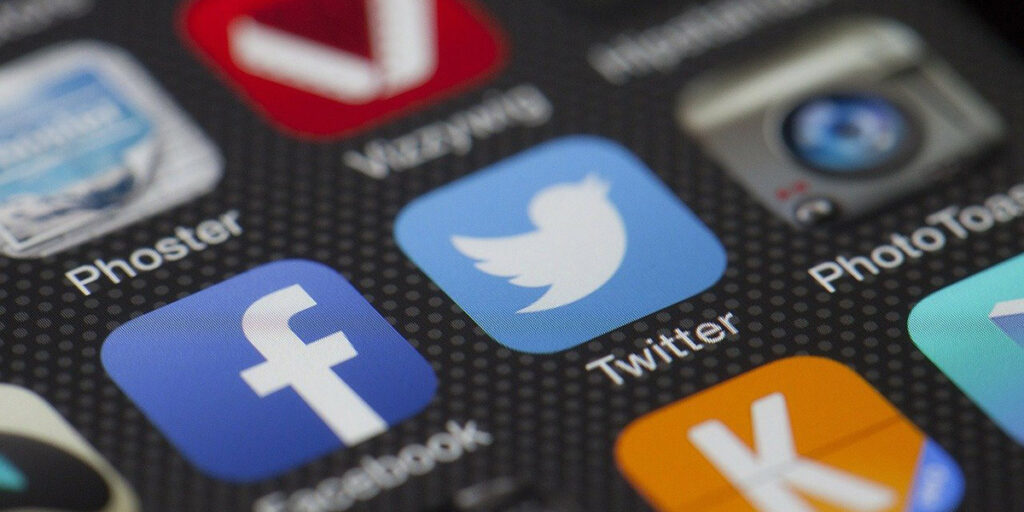Strategies for integrating Facebook, Twitter, Instagram and Linkedin with Email Marketing


Both social networks and email marketing are two communication channels that allow you to be in contact with the followers of a brand, customers or potential customers. The success of a good communication and strategy lies in ensuring that the messages that are sent and the actions that are carried out in all the channels of a brand follow the same line and are interlinked. Today we will look at 5 strategies that make it possible to integrate Facebook, Twitter, Instagram y Linkedin with the Email Marketing.
1- Increase the list of opt-in emails through social networks
Not all users who follow us on any of the social networks where we are present, have opted-in to the email marketing programme. Therefore, social networks are a interesting source for growing email marketing lists. Keep in mind that without the opt-in, we cannot launch targeted campaigns and offers to each user.
We can convert the fans of Facebook in subscribed users by including a registration form on our wall. In the case of TwitterOn a regular basis, we can tweet a request for our followers to subscribe to the email marketing programme with a short link to a subscription landing page. Another tactic to convert followers into subscribers is to publish valuable content, whether it be White papers, Ebooks or other information through these channels. Users who wish to access the content will be asked to opt-in. This same tactic is very beneficial when the company is present in any of the following groups Linkedin. If the discussion we initiate and the content offered is of value, we will achieve a large number of sign-ups.
2- From Forward To a Friend (FTF) to Share With You Network (SWYN)
We can take advantage of the dissemination capacity of our registered users to reach a wider audience. Thus, by including a widget in the email, we can have the content published by the user on their wall or by tweeting, in other words, shared among its network of contacts. Once we have identified the most active users on our lists, we can establish specific communication strategies for them. We must bear in mind that these are users with an important capacity to prescribe and influence.
3- Make a subscriber a follower on social networks
Another alternative is to include "follow us on..." buttons in the email. In this way, those users who are already registered in the email marketing programme but do not yet follow us on social networks will have the opportunity to do so.
For these actions to be successful and to be sustained, it is essential to indicate the benefit of becoming a follower for the user. To do this, we must have established a specific content and communication strategy for each channel.
4- Collect information on which of our users follow us on Twitter, Facebook, Instagram or Linkedin.
When a user subscribes to our email marketing list, we can ask them if they also follow us on any of the social channels where we are present. This information will be useful because it will allow us to segmenting the database according to the level of engagement. Users who follow us on social networks and are also registered in the Email Marketing programme will be the ones who are most closely linked to the brand, so it will make sense to develop specific communication strategies (e.g., email marketing).advocacy, MGM).
5- Incorporate content published on social media into our emails
The greater the identification of the user who receives our email with the proposed content, the better the level of linkage between the user and the brand. One tactic to achieve this identification is to Include user-created content in the email.. For example, we can conduct interviews via Twitter or Facebook with the most influential or respected users or, in the case of Instagram, use hashtags to collect user content and incorporate it into our email.
